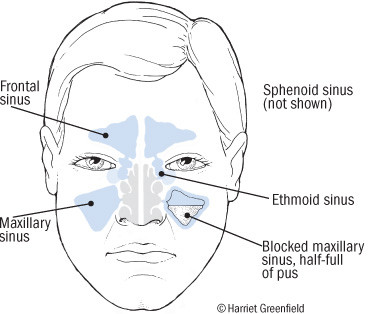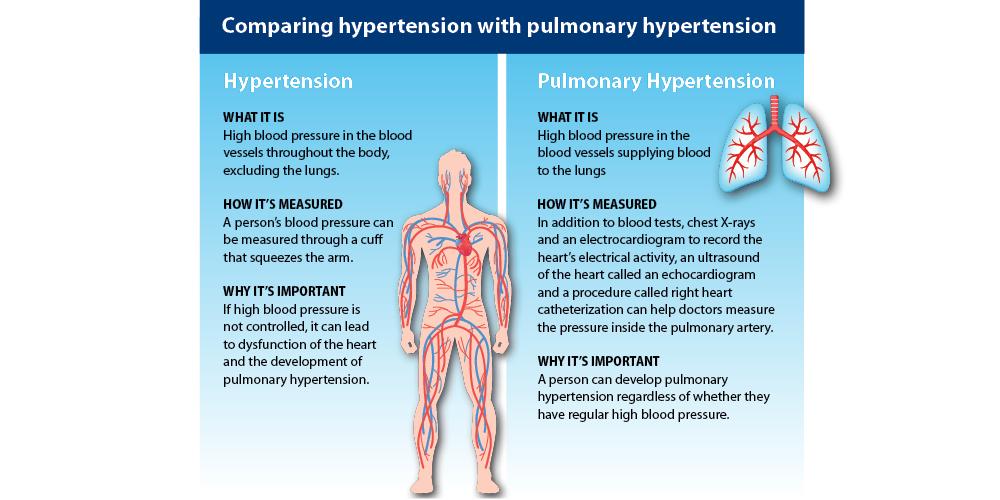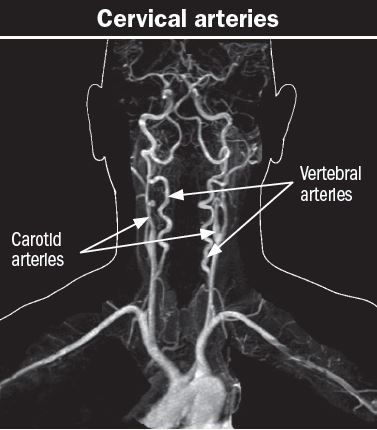Sinusitis, also known as rhinosinusitis, is an inflammation of the mucous membranes that line the sinuses. This condition results in various symptoms, including thick nasal mucus, a plugged nose, and facial pain. Additional signs and symptoms may encompass fever, headaches, a diminished sense of smell, sore throat, and a sensation of phlegm oozing out.

For relief, a saline (salt water) nasal spray can be used to loosen mucus and rinse the sinuses. Antihistamines should be used judiciously; they are effective for allergies and a runny nose caused by a cold, but can make mucus thick and hard to drain, which is counterproductive in sinusitis. A warm compress applied to the face may alleviate sinus pain.
Environmental, anatomical, and genetic factors can contribute to sinus blockage, but the main culprit is often the swelling of nasal passages caused by the common cold or allergies. More severe cases of sinusitis can stem from structural issues, such as a deviated septum, which is an irregularity in the partition separating the right and left nasal cavities.
Other symptoms of sinusitis include bad breath, fever, lethargy, loss of smell or taste, and ear pressure. Distinguishing between a common cold and a sinus infection is important, as cold symptoms typically resolve within 7 to 10 days, while sinus infection symptoms follow a different trajectory.
Chronic sinus inflammation not only affects the sinuses but may also alter brain activity. This includes changes in the neural networks responsible for cognition, introspection, and response to external stimuli. If antibiotics are ineffective, sinus surgery might be required to correct the problem.
For more information on sinusitis, you can refer to resources provided by Harvard Health and Keck Medicine of USC. Additionally, Stony Brook Medicine offers a detailed guide on sinus-related questions.


